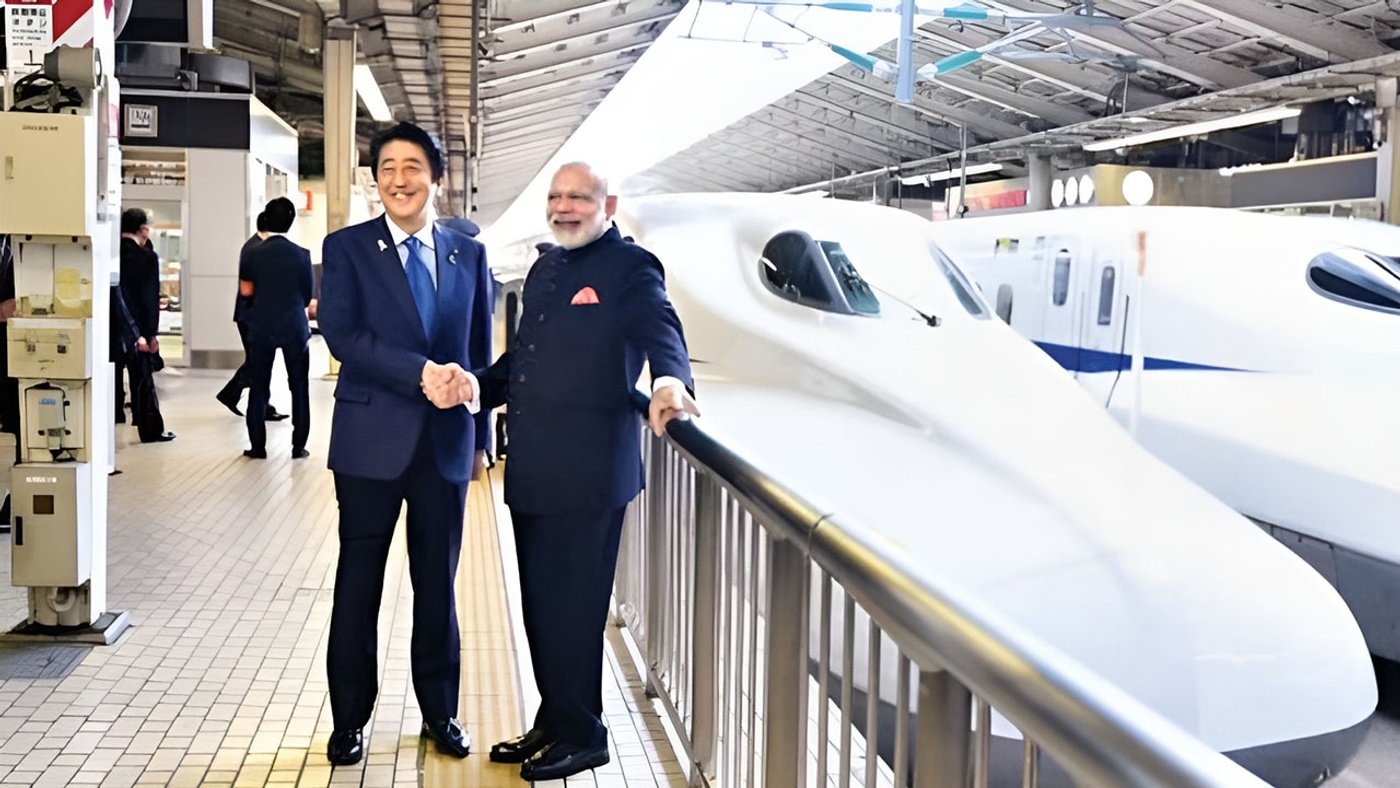Japan is taking a major step to further strengthen its technological and diplomatic relations with India. The first high-speed train project in India featuring Shinkansen technology aims to revolutionize India’s transportation infrastructure while enhancing ties between the two countries. Initiated with an agreement signed between the two governments in 2015, this project is planned to be completed by 2026. Implemented with a budget of approximately 10 billion dollars, the project will cover the 508-kilometer distance between Mumbai and Ahmedabad, reducing the travel time from six to two hours.
The Importance and Revolutionary Impact of Shinkansen Technology

Shinkansen technology is designed to provide high-speed and safe travel. Thanks to this technology, trains can reach speeds of up to 320 kilometers per hour, significantly shortening travel time. The aerodynamic design and stainless steel bodies of the trains play a crucial role in both increasing speed and ensuring safety. Additionally, the engineering solutions used in the project are quite impressive. During the construction process, underground tunnels, bridges, and various stations will be built. The project, designed with modern engineering techniques, will use high-quality rail systems, safety systems, and sustainable energy solutions.
This high-speed train project is seen as an important step in the field of technology and engineering. Additionally, while strengthening the friendship between the two countries, it will open the doors to modern transportation concepts. With Japan’s contribution, India’s transportation infrastructure will undergo a significant transformation, providing extensive economic and social benefits.
Source: Times of India , Kyodo News


